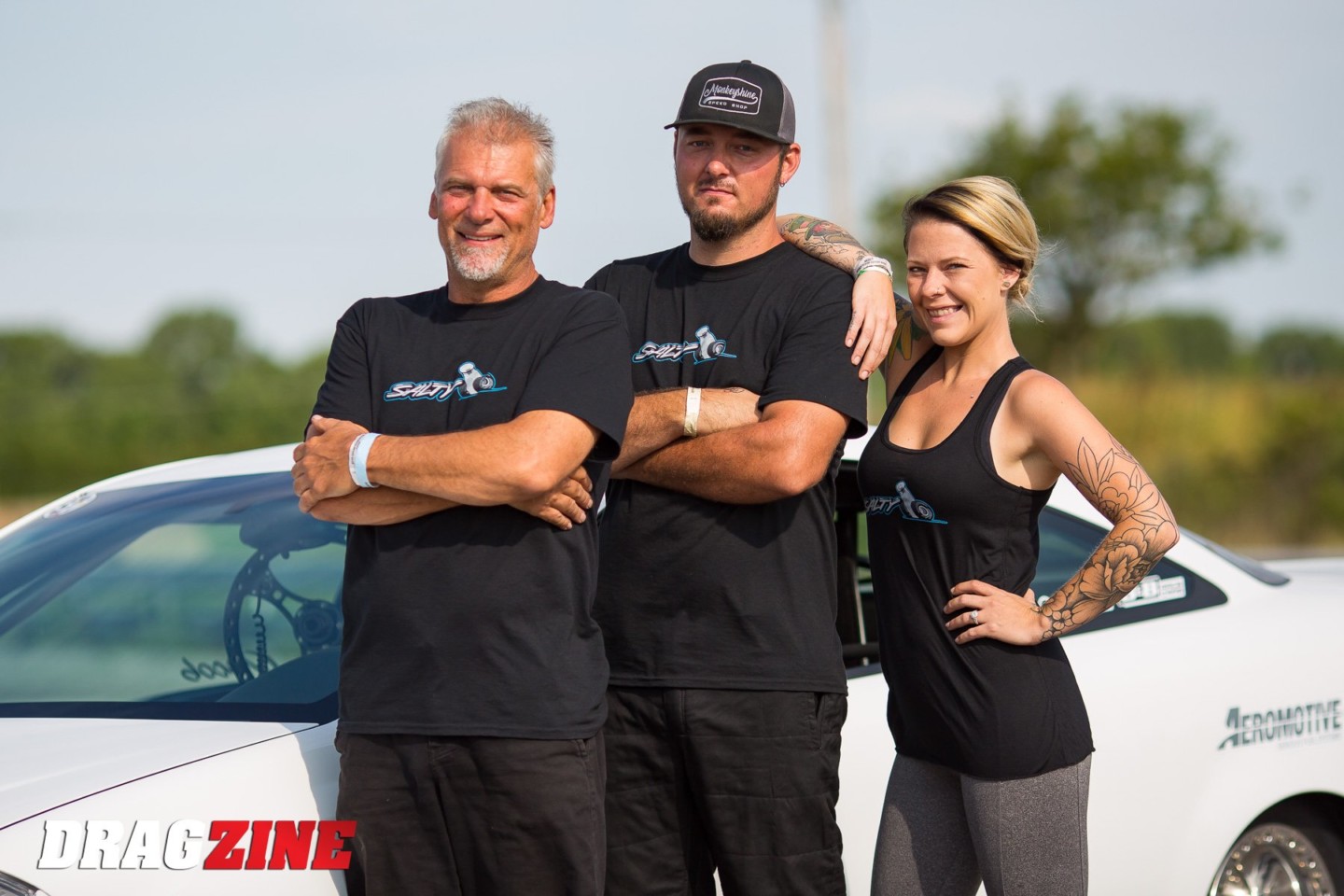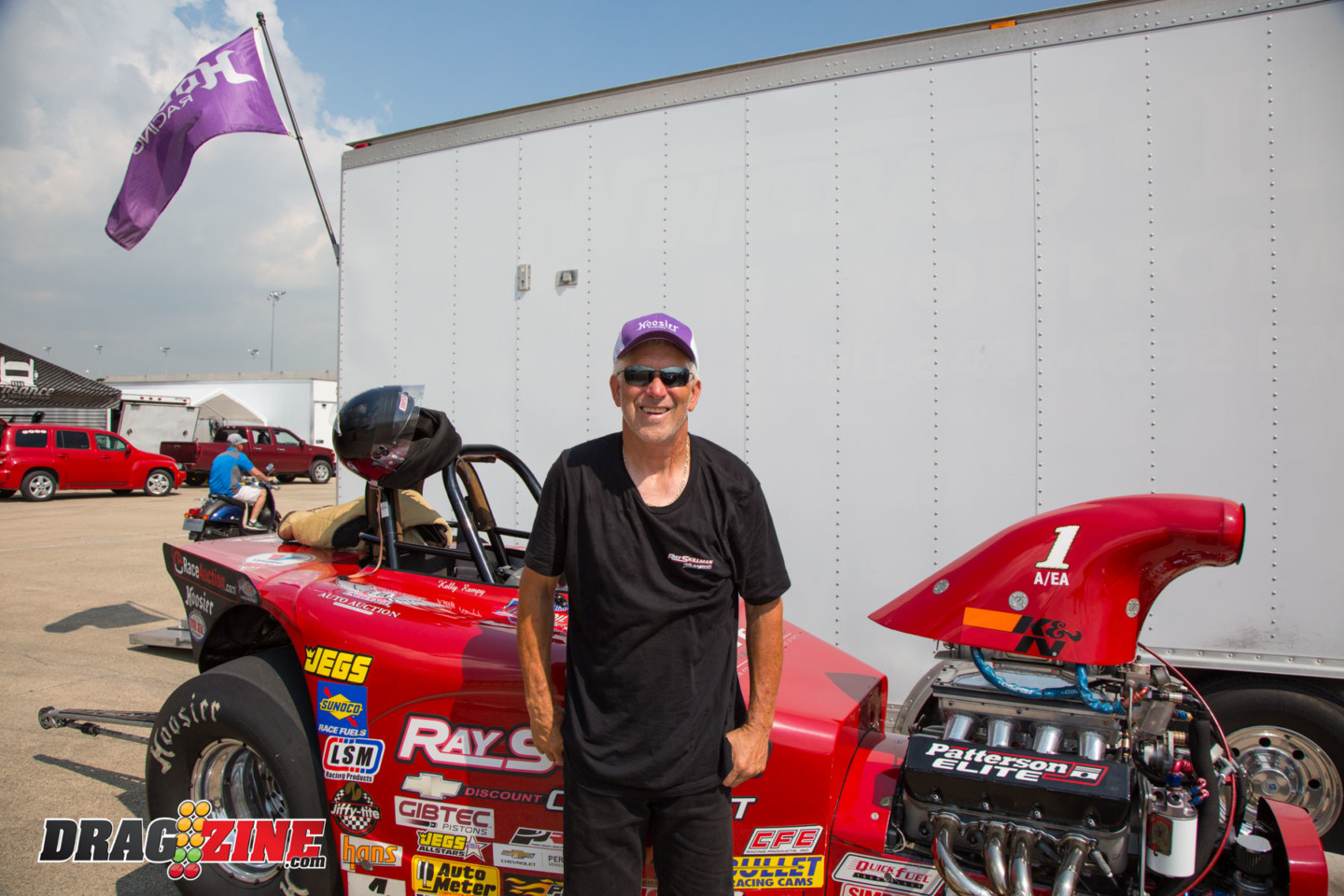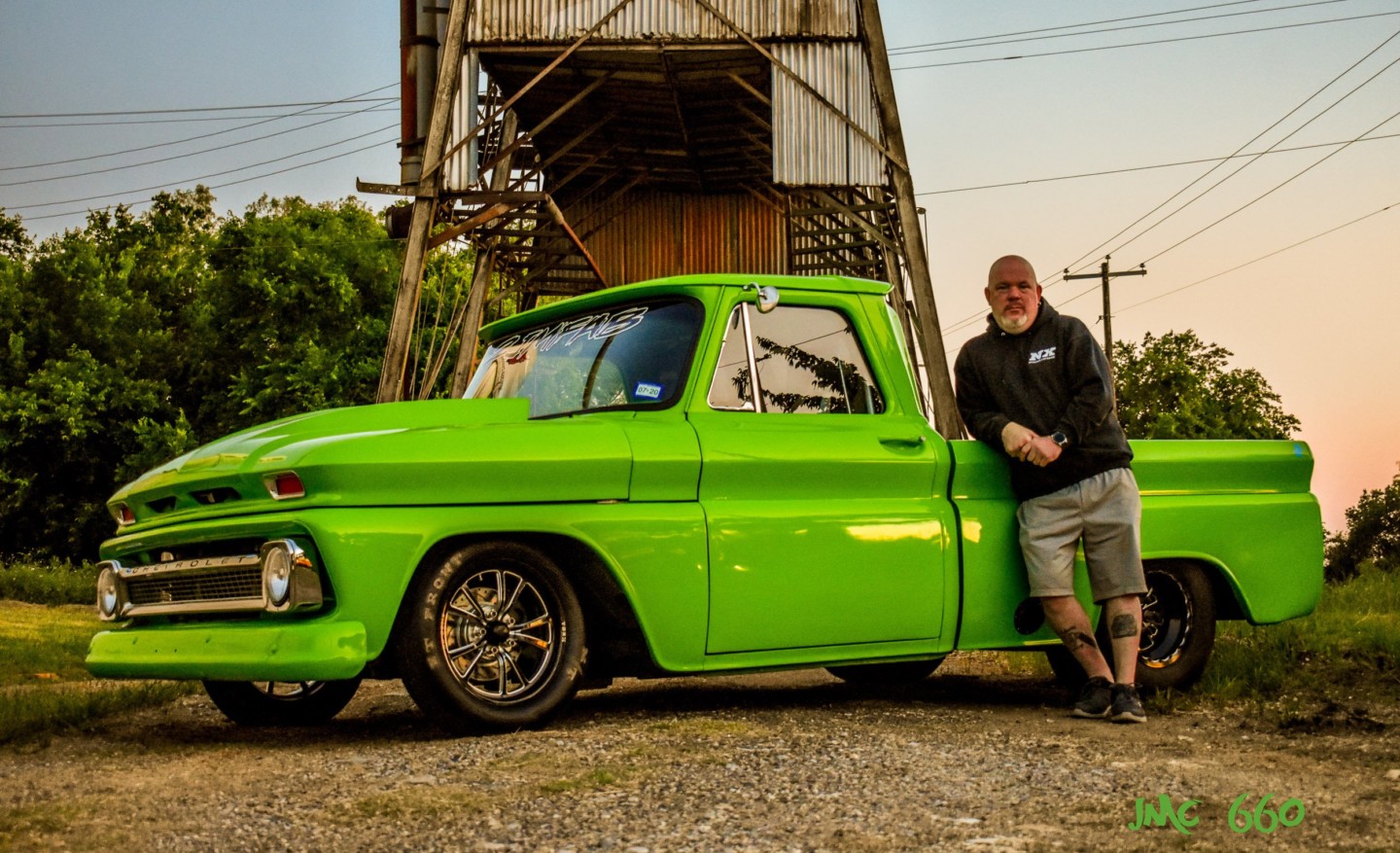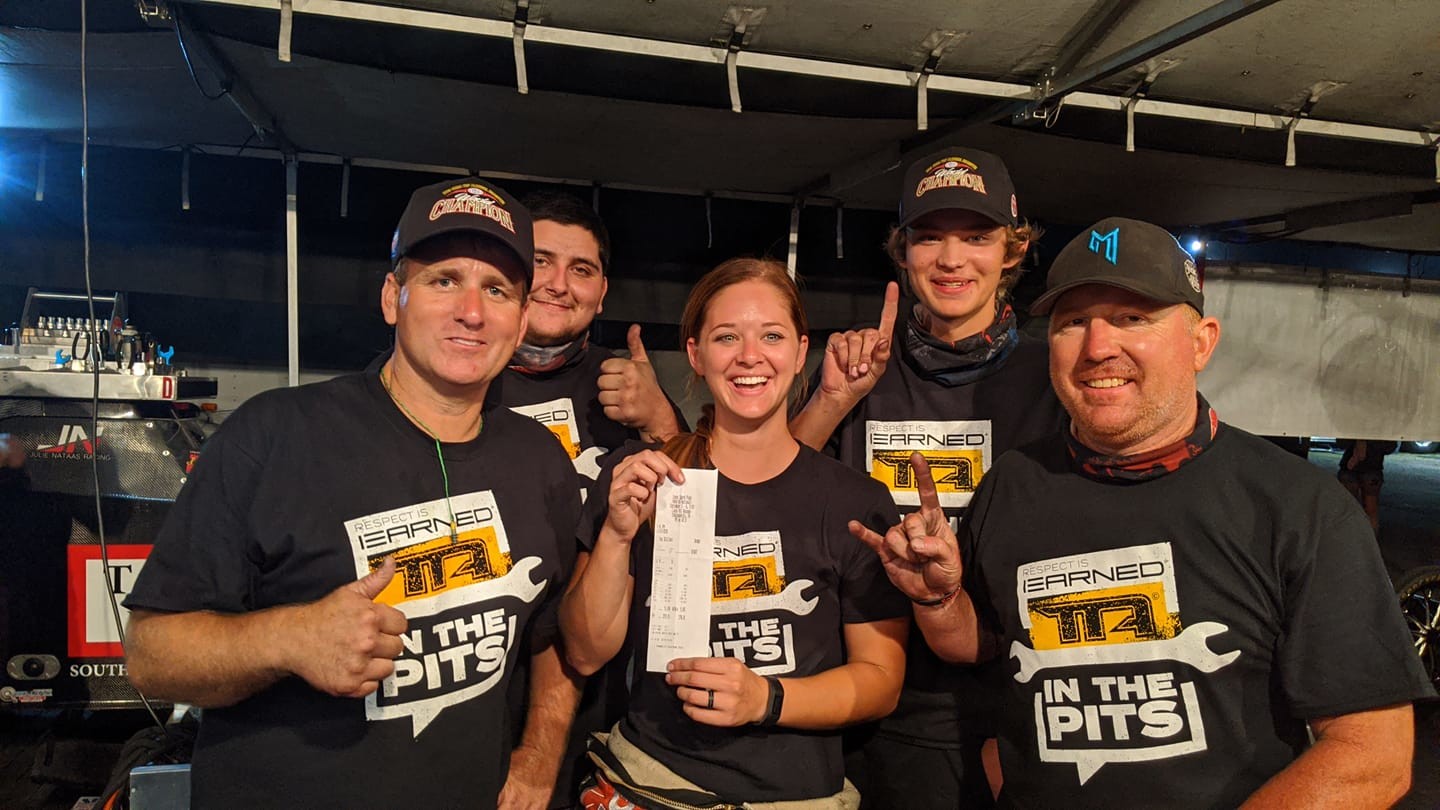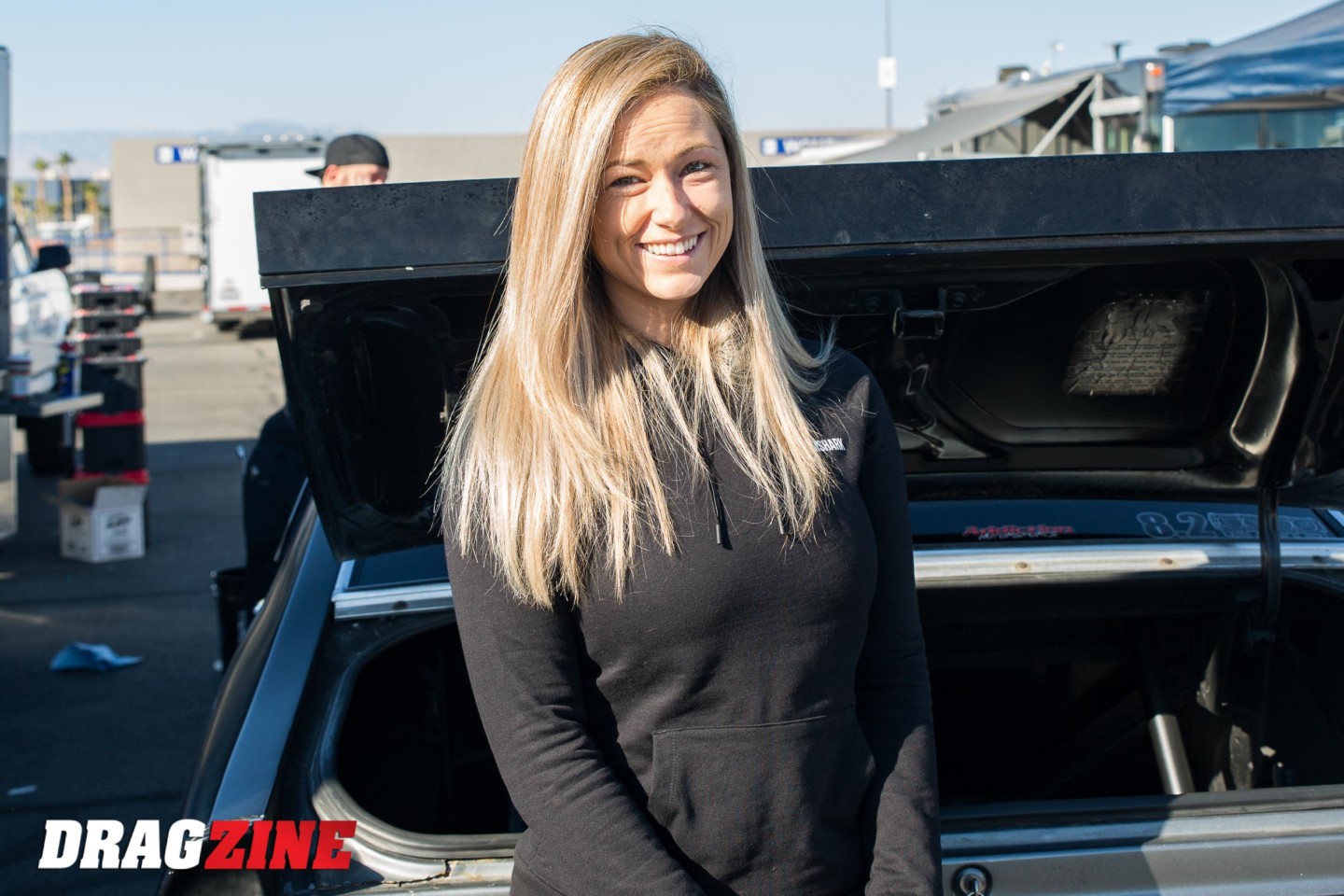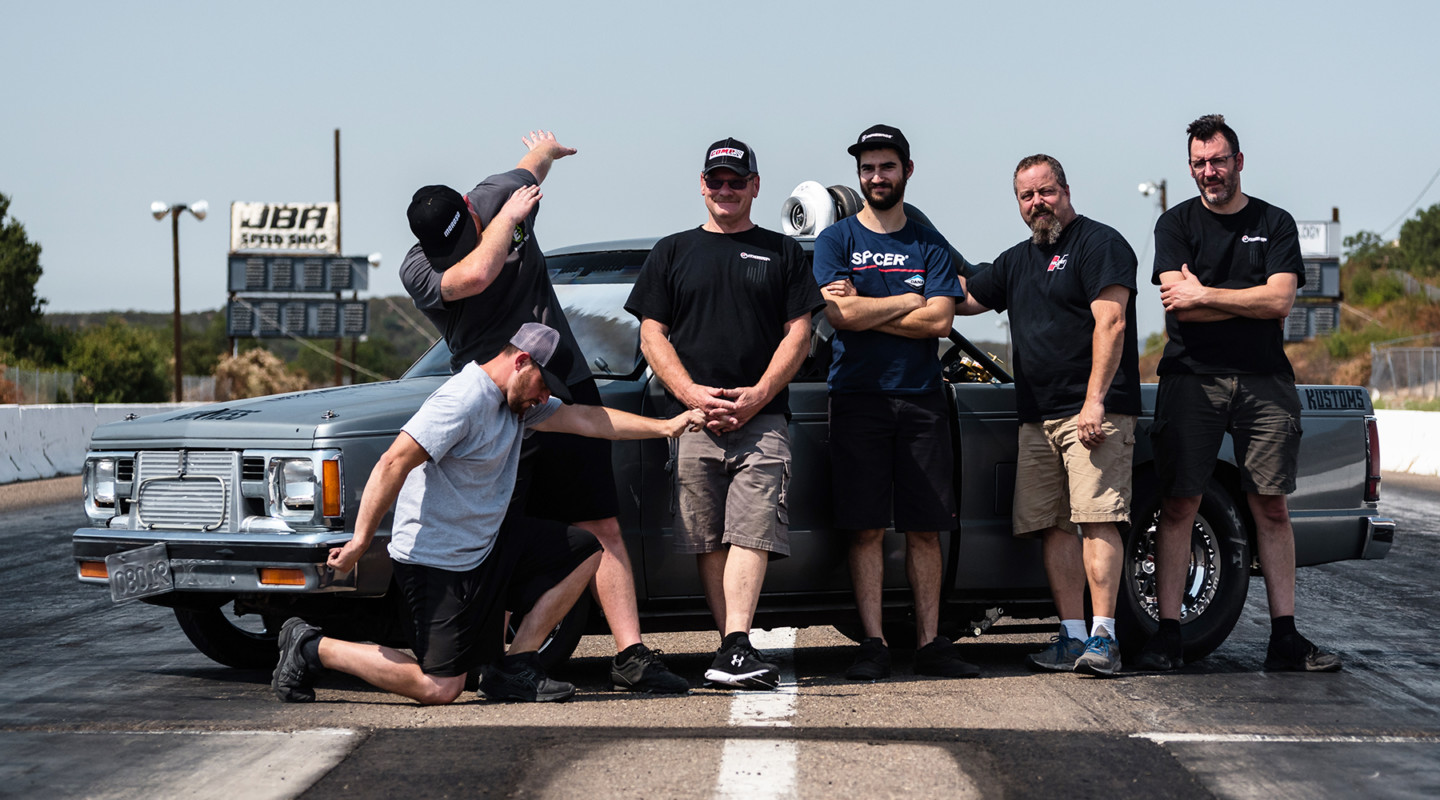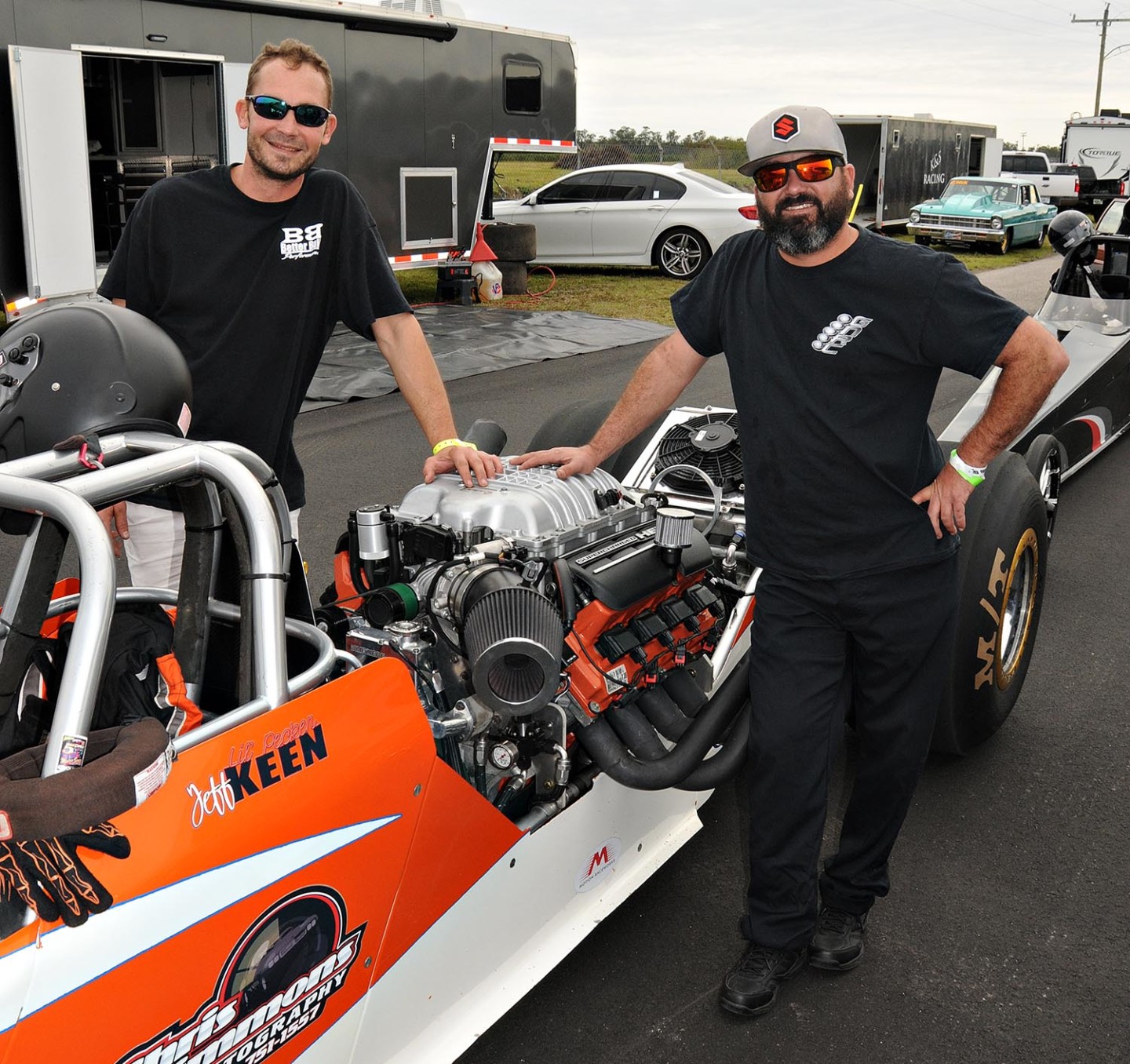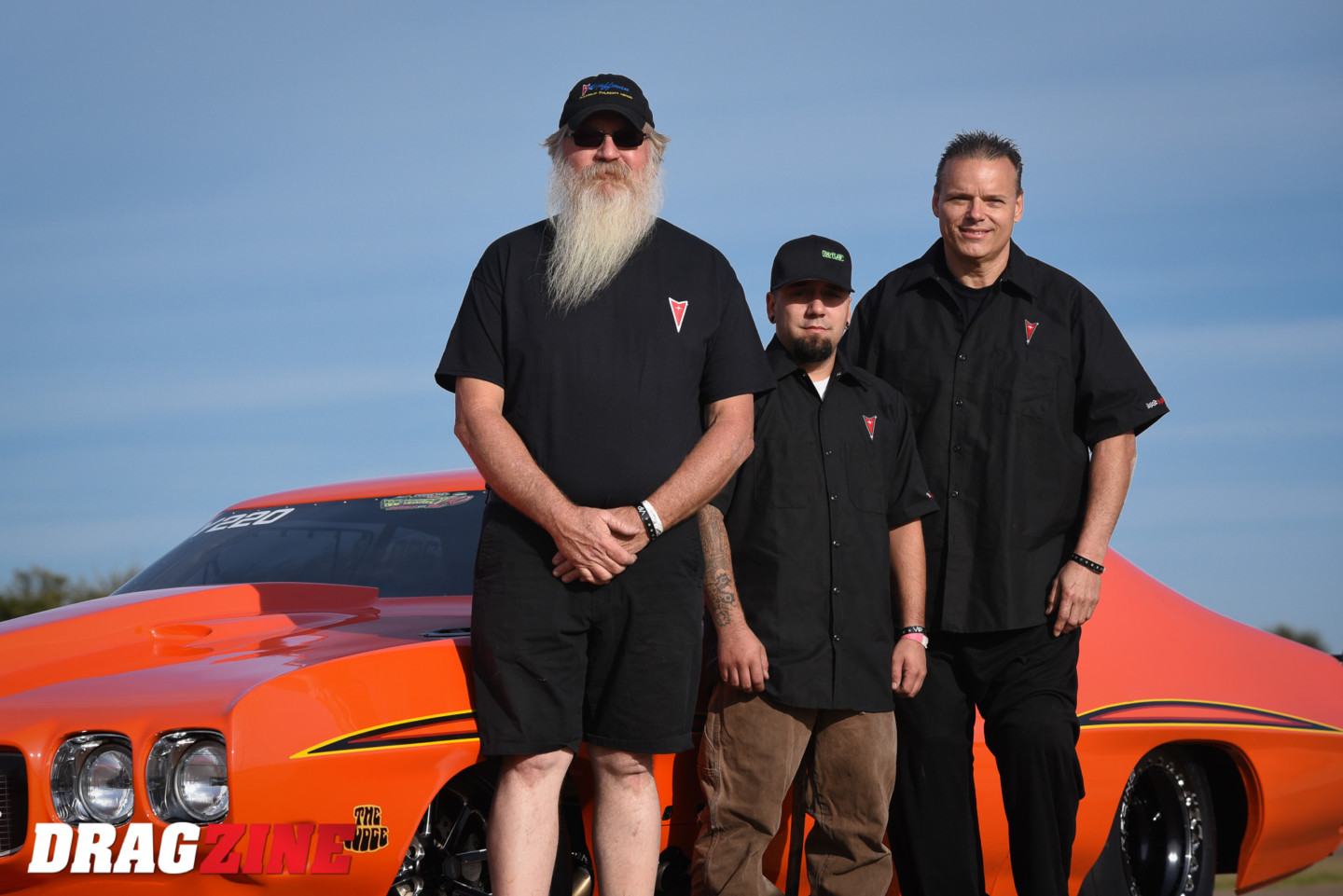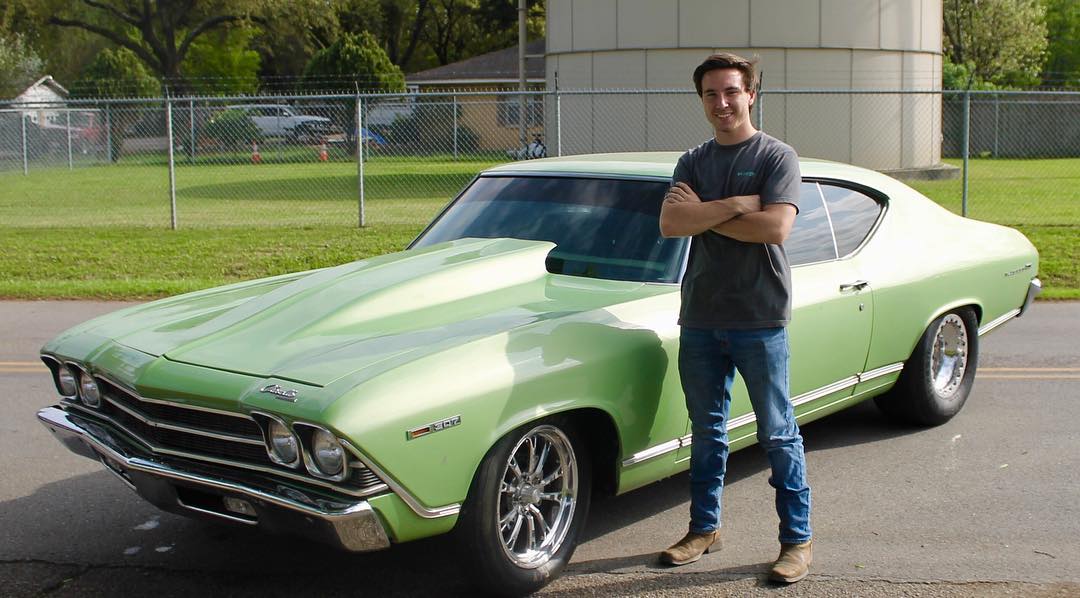I’ve been working in the automotive aftermarket industry since 2004. Although I started my career by focusing mostly on marketing, I moved into the media side of things 10 years later. Now, I mix my two skillsets together and regularly write for many highly-respected publications (like Dragzine!) as well as some of the top drag racing sanctioning bodies and teams though my business, P.TEN Marketing.
I’ve attended countless motorsports events all over the world – everything from drag racing to road racing to Australian V8 Supercars and I even spent a day at the famed Le Mans circuit in France. I’ve also done a little bit of driving myself, including drag, road course, autocross, NASCAR, and Formula Renault. (Fun fact: the first road course I ever piloted a car around was the Nürburgring.) Along the way, I’ve talked to thousands of drivers and have interviewed everyone from grassroots-level sportsman racers to those competing at the highest professional levels.
One of the most common questions I’m asked is “how do I get my driver/team more exposure?”
It’s really not that much of a mystery, so I’ve broken it down into 10 quick and easy tips to help get you more media coverage:
1. Be Accessible
This is absolutely the single most important thing, but I’ve found it’s something that many drivers struggle with. If you want media coverage, you actually have to talk to the media – we can’t write about you without, well, without you! (Technically we can, but it wouldn’t be nearly as good).
Make sure you return phone calls, check your voicemail, respond to text messages, answer Facebook chats, reply to emails… if we are trying to contact you, and you don’t get back to us, chances are we will move on to the next driver with a story to tell and put you on the “don’t bother, they’re too difficult” list for the foreseeable future.
2. Be Specific
When you’re responding to a question, whether it’s about your car’s combination or a past performance, be specific with details, dates, locations, etc. We need this information, and no one knows it better than you.
It’s always better to provide more information that we can trim down later than to not give us enough to start with. Share all the details! Please don’t make our jobs harder by making us chase down information you could have easily provided instead.
3. Be Accurate
In addition to the above, make sure you’re accurate in your description of things. It makes me cringe to see someone boast about a new record with the wrong words. When it comes to drag racing, there is a big difference in “quick” vs “fast.” QUICK refers to elapsed time (e.t.) while FAST refers to speed (MPH).
If you just set an e.t. record, please don’t post on social media bragging that you’re now the “fastest something in the world” – it will confuse your media people and lead to misinformation about you, because now we’re thinking you set a speed record instead.
Similarly, it’s a huge help to your media friends if you tell us more than just “I set a record.” Expand on that and explain what the actual record is – even if it’s a micro-record. Details matter and we want to know that you now have the world’s quickest stick-shift car to the 60-foot with a brown plaid interior that was once your mom’s grocery getter. Or whatever.
4. Be Hospitable
At the track, your pit is your home and we are guests in your space. Treating the media with hospitality is a surefire way to gain good favor, both in terms of respect and coverage. If you can, take a few minutes to talk to us and tell us what’s going on in your world.
Want to earn extra brownie points? Other than real brownies (hint: which would be awesome, actually) offer your media person a cold drink – the generosity is seriously appreciated, especially on a hot day.
We absolutely understand that you might be too busy, or too stressed, or in the middle of thrashing so that you can be ready for the next round…but, if you can’t talk – tell us! Don’t just ignore the media if you see us hovering. A quick “hey, I’m sorry but I don’t have time right now” is far better than acting as if we don’t exist or pretending that we’re invisible.
5. Be Proactive
Want to know a secret? If you’ve won a race, set a record, made a change to your car, or done something important, the best way to guarantee that the media knows about is…to reach out and tell us directly. Seriously, it’s okay. You can do it, I promise.
We can’t write about what we don’t know about, so making sure we are aware of you is literally as simple as telling us.
I absolutely love it when racers contact me directly with a story idea. It makes my life so much easier when a newsworthy topic is handed to me, instead of me having to hustle to find content. (Don’t have a media person’s cell number? Ask a friend! Or, find them on Facebook or go to their website and shoot them an email.)
6. Thank Your Author!
Let’s say you’ve done all of the above and you got some media coverage about your recent achievement or accomplishment – congratulations! If you like what was written about you, show your appreciation by not only posting/sharing a link to the story, but especially by thanking the author.
It’s a real slap in the face when a media person spends hours writing about you, and then you post “Thanks to XYZ Magazine for the article!” while completely ignoring the person who did the work. Trust me, we notice – and it hurts like a swift kick in the gut. Simply add a shout out to your author and we will be happy to write more about you in the future.
7. Don’t Crop Out Watermarks
One of the quickest (note: not “fastest” – see #3 above) ways to infuriate a media person is to take a photo of theirs, crop out the watermark, and repost or share it. Don’t. Do. That! Our work is our “professional product” and it’s how we earn a paycheck. By removing the watermark, you’re basically hurting our chance to gain exposure and to make a living – it’s blatantly disrespectful.
If you didn’t buy the photo (ie: paid for the product) and you don’t have express permission from the photographer to use it, cropping the watermark is a very good way to upset the folks you want to be shooting you in the first place. Next time you roll up to the beams, don’t be surprised if our cameras just happen to focus accidentally on purpose on the car in the opposing lane.
8. Update Often
A lot of the leads I get on story ideas actually come from social media posts. If I see that someone has just made a big run, or did something impressive, it’s a motivator for me to be able to do a write-up. So, update often and you’ll reap the rewards!
Whenever possible, be sure to include at least one photo that YOU took. When we’re writing event coverage or a story about you, it’s critical that we have images to go with it – and we can’t just grab another photographer’s work. So, snapping a quick pic with your phone stacks the deck in your favor of getting written about because you’re making it easier for us to create content.
Additionally, updating your social media accounts often is a great way to keep your sponsors happy. They want to see that you’re out there working to promote them. Proving that you’re upholding your end of the sponsorship agreement through social media engagement and photos will work wonders to keep your deal strong.
9. Take Yourself Seriously
The old expression “fake it ‘til you make it” has a lot of value. If you want other people (including the media) to think you’re important, then give them a reason to believe that you are. We will notice.
You don’t have to be a hotshot with a baller budget to run a reputable program. Take your team seriously and work to create a professional image. Yes, you can still have fun, but if you want big-time attention then you need to act like you actually are big-time – even if you’re not. Yet.
Plus, if you’re sponsored, you have a responsibility to your partners and need to make sure their needs are taken care of before your own. Showing them that respect and courtesy will help you out in the long run.
10. Hire Help
Don’t want to do this stuff yourself? Don’t have time? Lack the skills? Not sure where to start? Don’t make excuses – just hire some help. You already have an engine builder, a chassis guy, a tuner…why not have a marketing/media/PR professional in your corner, too?
News outlets need constant content, so if you’re able to provide them with a professionally written piece that’s ready to run, chances are good that your story will be published.
Having someone on your team who is dedicated to keeping your driver/team social media accounts active and updated, who is at the track taking high-quality photos that you own the usage rights to, and who puts together well-written press releases about noteworthy performances is absolutely worth the investment if you want to take your racing to the next level.
Overall, if you want more media coverage, make sure you treat the media with respect and gratitude. A little kindness on your part will go a long way as people who are easy to work with generally receive more coverage than someone who isn’t. Makes sense, doesn’t it?
We work long hours and are usually still working late into the night refining text and editing photos while you’re relaxing in your pit partying or celebrating. Be considerate. Keep the media happy and we will return the favor by doing the same for you.
Remember, this business thrives on relationships, and the better the relationship you have with the media, the easier it will be for you to get recognition for your accomplishments!

